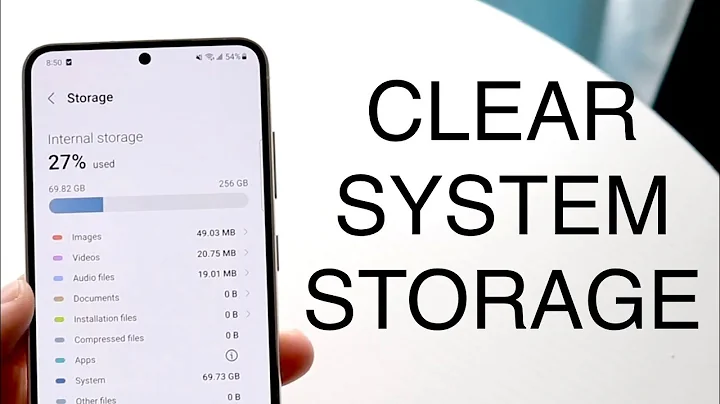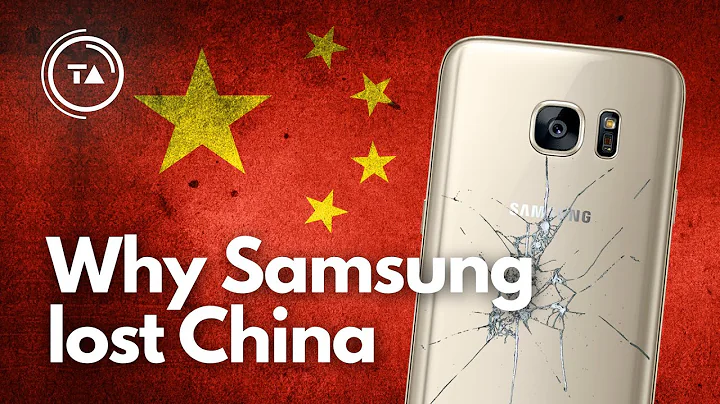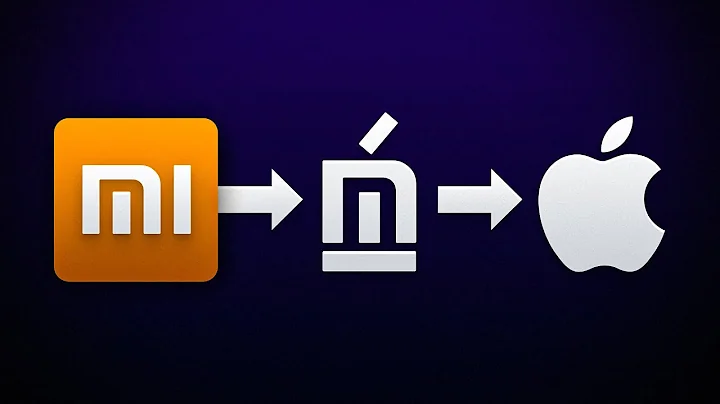Have you ever noticed that although the memory of our mobile phones is constantly increasing, we are often reminded to clear up the space on our mobile phones. Why do our mobile phones always have insufficient space?
is because we have entered the era of cloud computing and and are surrounded by all kinds of data.
When the Internet and cloud computing are superimposed, we receive more and more data on our mobile phones. Because the data generated on our mobile phones is constantly being transmitted to various APPs, and various APPs continue to push various data to us by reading our personal information, such as location, shopping habits, hobbies, commonly used software, etc.
Facing the surging tide of data, how can we distinguish the authenticity of the data? How to determine the quality of data? How to make decisions based on this data?
Mr. Jordan Morrow, the "Spokesperson of Data Literacy", said that everyone needs to improve their data literacy. To this end, he wrote the book "Data Thinking: Data Cognition Skills Everyone Must Know". This book is a An introductory book on data thinking, it takes us to understand from a theoretical level how much data thinking affects our decision-making.

For individuals, we may have to face all kinds of data every day and make decisions:
For example, before going out every day, you will dress according to the weather forecast, and when ordering takeout, you will make the decision based on the ranking and praise rate. When buying stocks, you will judge whether you can buy based on the trend chart of individual stocks . When you are at work, you need to make decisions based on the summary of various reports.
Maybe you will say that this is not the normal state of our lives now? Yes, as we enter the digital age, data has become an integral part of our lives and work.
Both companies and individuals have realized the importance of data, and data has undoubtedly become an important asset.
But how can we collect and use this special asset, data, to better serve individuals and organizations? This requires organizations that collect and process data to have data thinking, and it also requires people who use data products to have data thinking.

For organizations, this kind of data thinking is mainly reflected in three aspects: First, organizations need to have clear data requirements, that is, what problems should be solved with these data.
The next step is to determine what data to collect, how to store it, and how to process it. In order to process and use data smoothly, organizations need to develop a clear and easy-to-understand data language to communicate within and outside the organization. For example, if this data product is only used internally, then all employees of the company must understand it. language. To this end, organizations should build their own data dictionary to describe and interpret this data language. If the data is not for internal use only, organizations should use common industry terminology that is available on the market.
With these foundations in place, organizations must also clarify the data skill levels required of employees in different roles. For example, employees doing research and development and those doing data analysis require different data literacy. Therefore, organizations should cultivate and use data thinking among employees based on their roles. For details on how organizations can create a data-thinking learning culture in the enterprise and how to improve employees’ data literacy, please refer to the book.
When all employees in an organization have data thinking, they can enter the second aspect of and let the data tell stories in a visual way. means to analyze and process the data, and then use some visualization software to describe the data, or organize the development of a visualization software to display the data so that people can clearly see the connections and stories behind the data.
For example, the weather forecast software we see can clearly tell us the weather conditions in a certain place on a certain day, as well as the weather trend for the next twenty-four hours or fifteen days. This is to use visualization software to describe the data, superimpose a common data language and pictures, and everyone can understand it.
actually organized the development of a software like weather forecasting, which achieved the four aspects of quantitative analysis mentioned in the book: descriptive quantitative analysis, diagnostic quantitative analysis, predictive quantitative analysis and instructive quantitative analysis. For specific instructions on how to do these four aspects, you can check the corresponding chapters in the book.
We know that any software must ultimately serve people and organizations. The reason why any individual uses a visual data software and uses some data is to make better decisions.
So the third aspect of data thinking is data-informed decision-making. For to achieve data-informed decision-making, we need to be able to read or understand the data report. When we understand it, we can ask questions, and then in these Work on data. Then we will analyze these changing data and trends and mine some of the information we need in the data. If we are in a team, we also need to communicate with people about data, which also requires everyone communicating with each other to understand the data language used here.
After we read the data and work on the data, we analyze the data and ultimately use the data to make decisions.

Sometimes making decisions is easy, but more often than not we need to have corresponding data thinking and spend some effort to make decisions.
For example, checking weather forecast software can help us make decisions quickly, but for some less popular visualization data software, we need to analyze and make decisions according to the process in the picture above.
Take your stock trading as an example. You cannot just take a general look at the stock trend and immediately decide to buy it. You may want to ask, is this stock currently in an upward trend or a downward trend? What conceptual theme does it belong to? What is its total circulation market value ? What are its company fundamentals like?
Based on your questions, you have to obtain the corresponding data for analysis. After you analyze the data, you may ask some new questions, such as it reached the daily limit yesterday, so why did it reach the daily limit? Is it beneficial or is it because of something else?
If it is on the Dragon and Tiger list, and you have to analyze its Dragon and Tiger list data, who is buying it? Only after conducting a multi-faceted integrated analysis on it can you predict whether it will still have value in the future, and thus decide whether it is worth buying and at what price? How to deal with the related risks after buying it?
If you are the leader of a company, you may often face various report data submitted by employees. You may need to decide the future direction of the company based on these reports and data.
And if you are just an ordinary employee, you may also have to face various data of the company, process and summarize them, analyze and predict them, diagnose and sort out some problems, and provide answers from your perspective. Corresponding guiding opinions.
and above, it can be seen that data exists in every aspect of our work and life. You cannot avoid it, but you must face it and improve your data literacy and data thinking. Only when our data literacy improves can we tell which data is real, which data is trustworthy in quality and source, and which data we can use.
In order to prevent ourselves from being overwhelmed by the torrent of data, let us all learn and improve our data thinking, so that data can better serve us and let data better serve our decision-making!



![How To Free Up Phone Memory Space on Android – Storage Space Running Out [Solved] 7 Ways - DayDayNews](https://i.ytimg.com/vi/AphbE11bys8/hq720.jpg?sqp=-oaymwEcCNAFEJQDSFXyq4qpAw4IARUAAIhCGAFwAcABBg==&rs=AOn4CLD9BPMebXLX8b0nY9OKJbmrT9EhzQ)

















